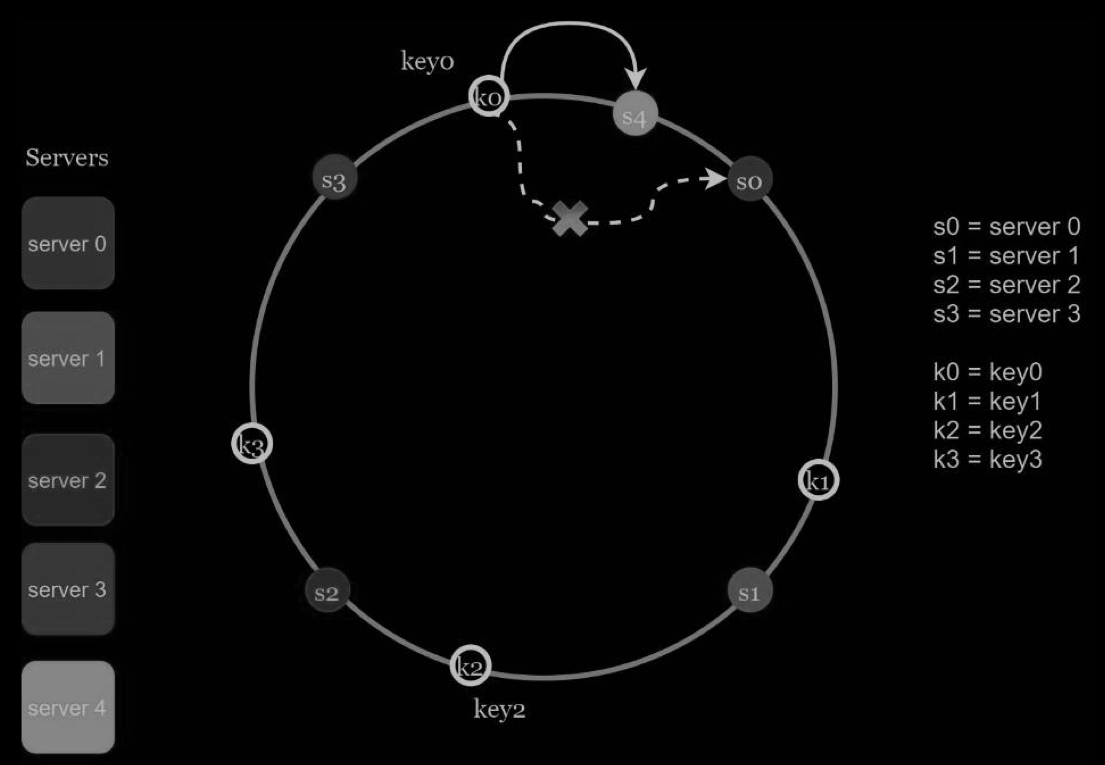Background
The rehashing problem
If you have n cache servers, a common way to balance the load is to use the following hash method:
serverIndex = hash(key) % N, where N is the size of the server pool.
Let us use an example to illustrate how it works. As shown in Table 5-1, we have 4 servers and 8 string keys with their hashes.
To fetch the server where a key is stored, we perform the modular operation f(key) % 4. For instance, hash(key0) % 4 = 1 means a client must contact server 1 to fetch the cached data.
This approach works well when the size of the server pool is fixed, and the data distribution is even. However, problems arise when new servers are added, or existing servers are removed. For example, if server 1 goes offline, the size of the server pool becomes 3. Using the same hash function, we get the same hash value for a key. But applying modular operation gives us different server indexes because the number of servers is reduced by 1.
Scope
High-level Design
Deep Dive
Find Affected Keys
When a server is added or removed, a fraction of data needs to be redistributed. How can we find the affected range to redistribute the keys?
In the diagram above, server 4 is added onto the ring. The affected range starts from s4 (newly added node) and moves anticlockwise around the ring until a server is found (s3). Thus, keys located between s3 and s4 need to be redistributed to s4.

Wrap up
Reference
- System Design Interview – An insider’s guide